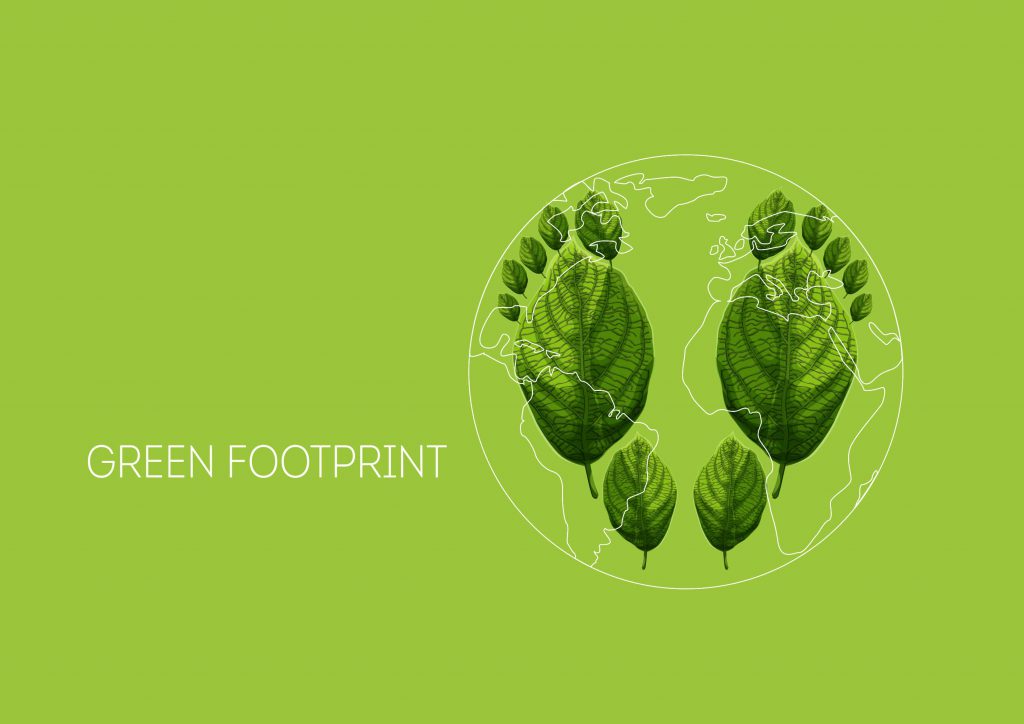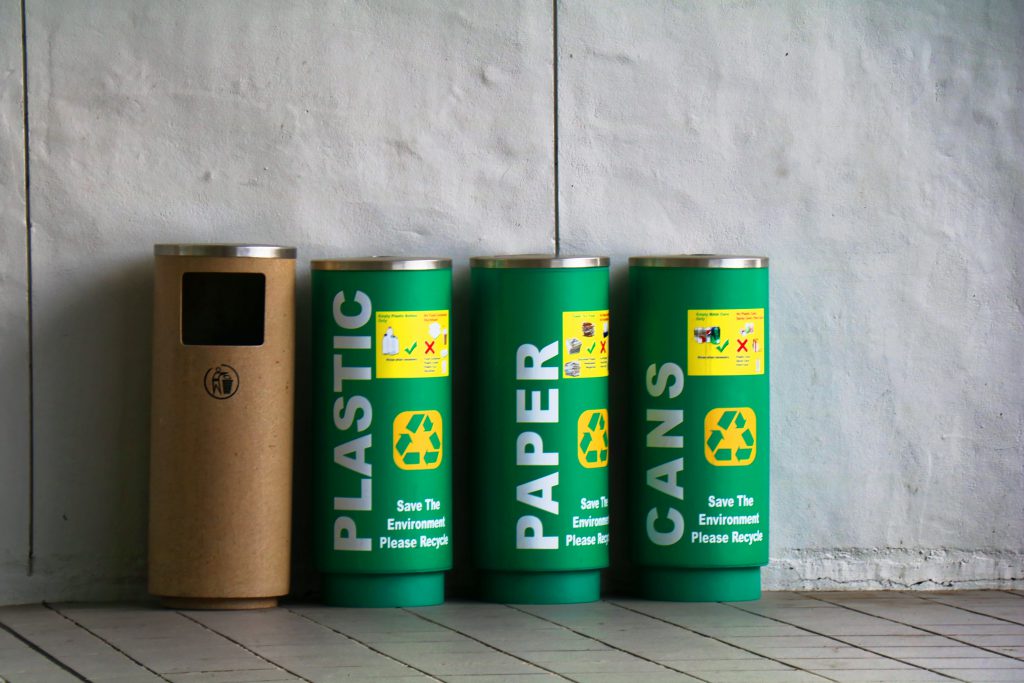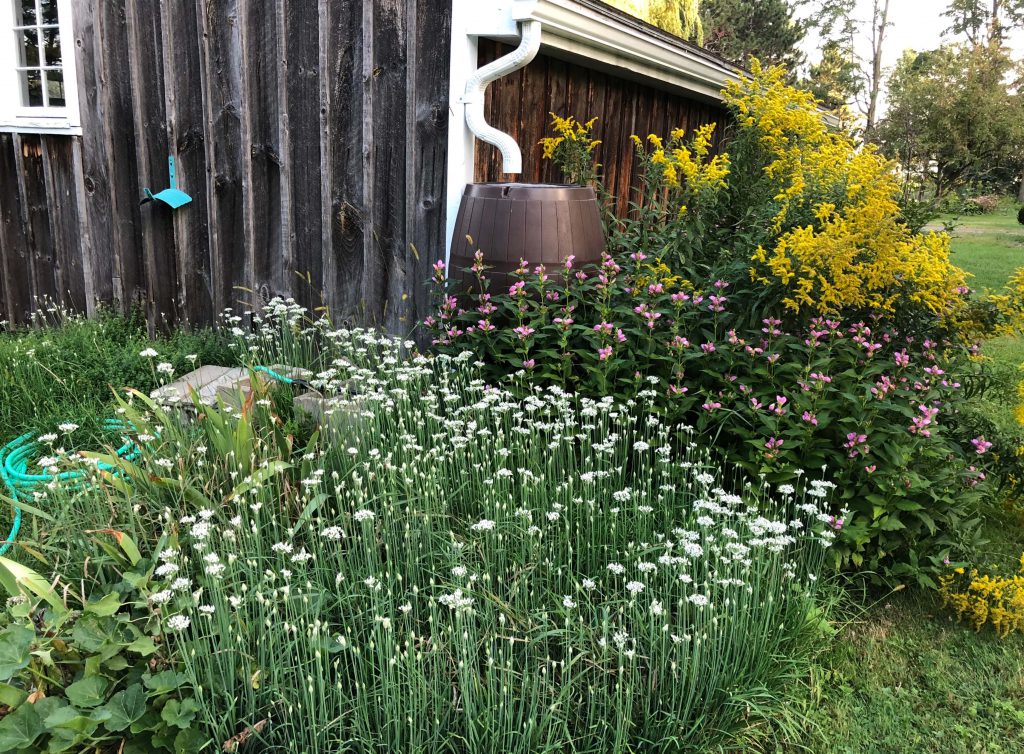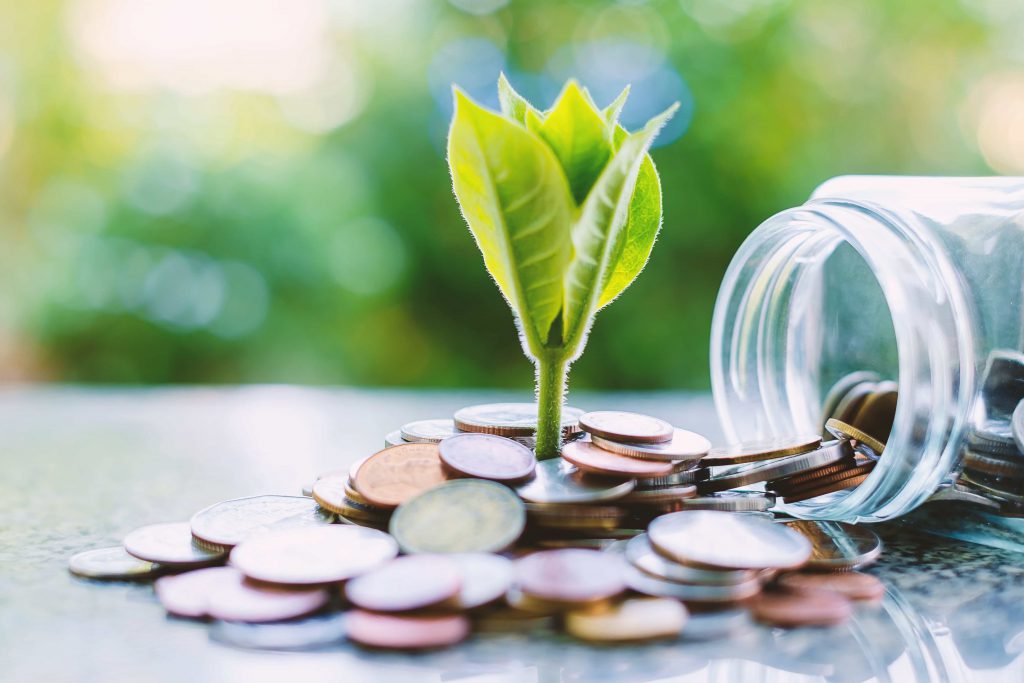Household Sustainability
Introduction
As we elders embrace practices at home in our daily lives to honor our deepest intentions for the future, we arise in gratitude for our decades of living, we express generosity toward the world of our children and grandchildren … we embrace humility toward all we have witnessed, at all we have done—and left undone—over the decades.
In this focus on our homes and daily routines, we explore our practices related to food, shelter, water and energy consumption, and acquisition and release of the “stuff” of life. In taking up practices on behalf of the future, we join the movement to walk more gently on Earth to honor a new normal for households and communities across our land.
Here we learn about the environmental ramifications of our habits and how everyday actions can promote a healthier course for all of our surroundings.

ECOLOGICAL FOOTPRINT
Calculating an ecological footprint highlights our personal impact on the environment through water, carbon, and everyday uses of energy.

FOOD
Find out how household food movements complement a global effort to reduce food waste.

WATER CONSERVATION
Measures that conserve household water use include permeable paving and intentionally changing our habits.

ENERGY CONSERVATION
Wind power, solar power, and strategically choosing home appliances are among several green energy practices you can incorporate into daily life.

HOUSEHOLD WASTE
Our disposal practices affect worldwide waste systems like recycling, composting, and overall reduction.

YARDS AND GARDENS
The areas right outside our homes provide a microcosm in which we can create sustainable green spaces, support pollinators, and grow our own food.

GREEN FINANCE
By learning sustainable finance practices, we can demand corporate responsibility when we invest in green businesses and create intergenerational support systems.